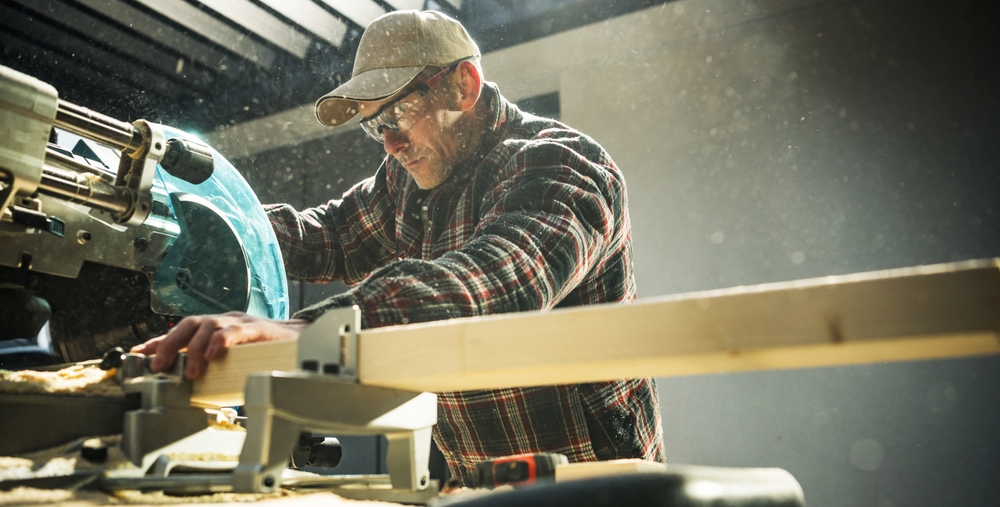New Laws for California Contractors in 2023
We’re always hearing stories from former clients and current contractors that they’re seeing frequent violations of new contractor laws that just came into effect this year, in 2023. There are a ton of new laws that are – to be frank – absolutely critical to know as a contractor, no matter your classification, location, or … Read more










